Second Circuit Allows DHS to Implement Public Charge Rule in All States Except Vermont, Connecticut, and New York
August 12, 2020

At a Glance
- The Second Circuit Court of Appeals has limited a lower court nationwide injunction on the DHS public charge rule; the rule is now barred only in Vermont, Connecticut, and New York.
- While the limited injunction is in effect, DHS may implement its public charge rule in all other U.S. states and the District of Columbia.
- The agency has not yet issued guidance on how it will implement differing public charge standards across U.S. states.
- Today’s decision does not affect the court order barring implementation of the Department of State public charge rule, which is enjoined in a separate lawsuit.
The issue
The Department of Homeland Security will be permitted to implement its public charge rule in all U.S. states except for Vermont, Connecticut, and New York, pursuant to a Second Circuit Court of Appeals order issued today. The Second Circuit limited the nationwide injunction issued by a lower court on July 29 to these three states only. The case is NY et al. v. DHS.
In Vermont, Connecticut, and New York, DHS must continue to apply the public charge guidance that was in place before the public charge rule effective date of February 24, 2020.
The rule significantly increases the burden on foreign nationals to establish that they will not become a “public charge” of the U.S. government in adjustment of status applications, and in nonimmigrant extension of stay and change of status requests.
Today’s decision does not affect the court order barring implementation of the Department of State public charge rule, which is enjoined in a separate lawsuit.
What’s next
DHS is expected to issue guidance regarding the filing of immigration applications impacted by the new limited injunction. It is expected that these applications must again adhere to the new public charge regulation form and documentation requirements.
This alert is for informational purposes only. If you have any questions, please contact the immigration professional with whom you work at Fragomen.
Explore more at Fragomen

Video
The latest Mobility Minute features Manager Alex Hood discussing recent updates to the UK’s High Potential Individual route, including expanded university eligibility, a new annual cap and modernized governance measures.

Media mentions
Managing Partner for the Middle East and Africa Murtaza Khan discusses how the UAE’s flexible migration policies attract talent and support a competitive labour market.
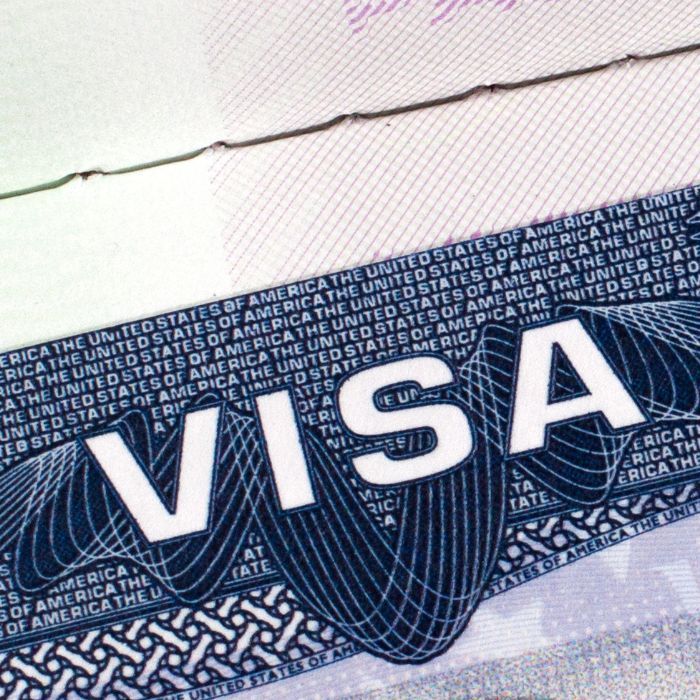
Media mentions
Senior Counsel Mitch Wexler notes that the US expansion of social-media screening to H-1B and H-4 visa applicants will involve a more detailed review of their online activity.
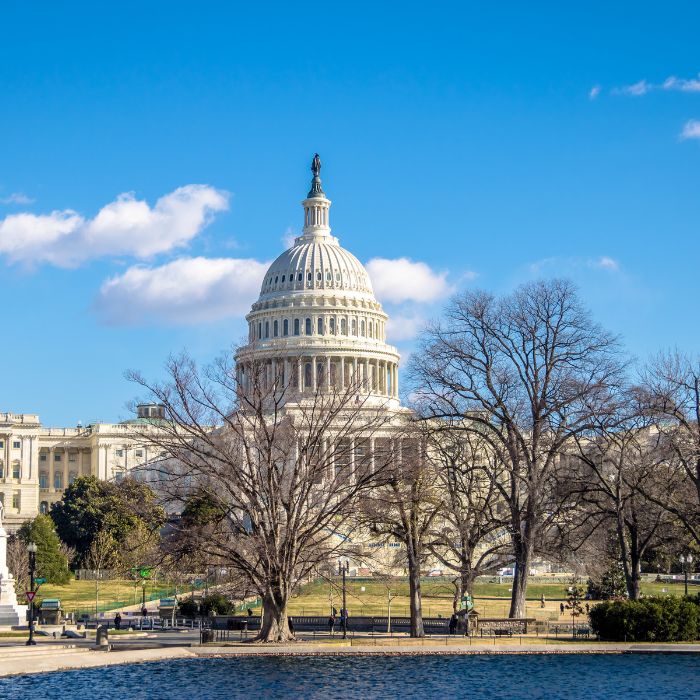
Media mentions
Partner Edward Raleigh highlights the need for companies to prepare for increased H-1B enforcement and ensure compliance with US worker requirements.

Video
In this Mobility Minute, Associate Rebeca Lafond outlines key considerations for international travel to the United States during the holiday season, including documentation requirements, visa processing expectations and enhanced screening on entry.

Media mentions
Partner K. Edward Raleigh explains that the Department of Labor’s Project Firewall expands H-1B oversight beyond individual complaints and increases the scope of employer compliance reviews.

Media mentions
UK Government Affairs Strategy Director Shuyeb Muquit examines how proposed settlement reforms could reshape the path to UK residency by extending qualifying periods and linking eligibility to individual contribution.
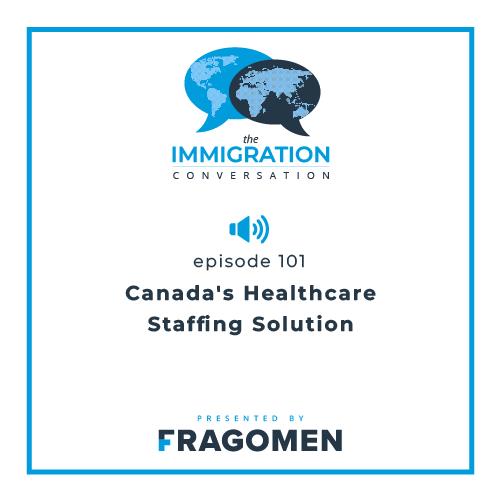
Podcast
Partner Cosmina Morariu and Business Immigration Manager Ayana Ibrahimi discuss critical immigration strategies underpinning healthcare-sector staffing in Canada, unpacking how recent policy, mobility and compliance developments are affecting employers and global talent pipelines.

Awards
Fragomen named Private Client Team of the Year at The British Legal Awards 2025, recognising the strength of our UK Private Client practice.
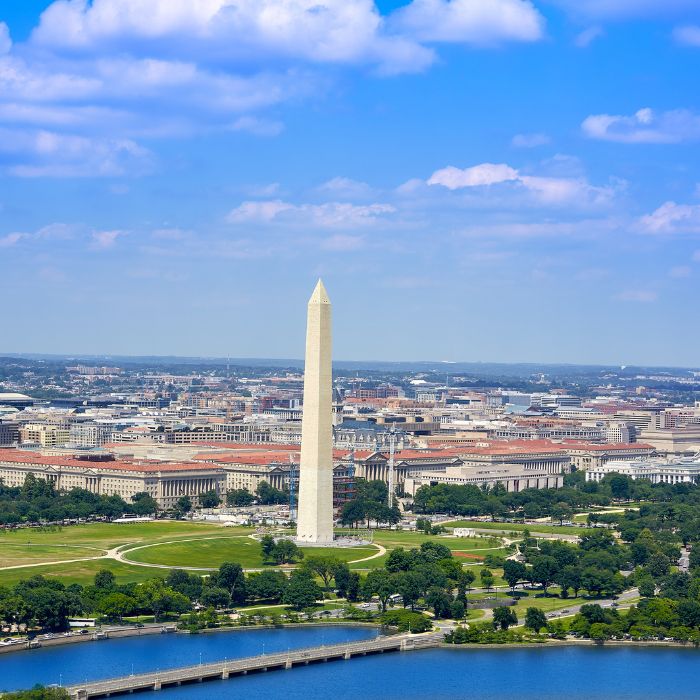
Media mentions
Partner Daniel Brown highlights rising deceptive practices in immigration and emphasizes stronger verification and compliance measures for employers.
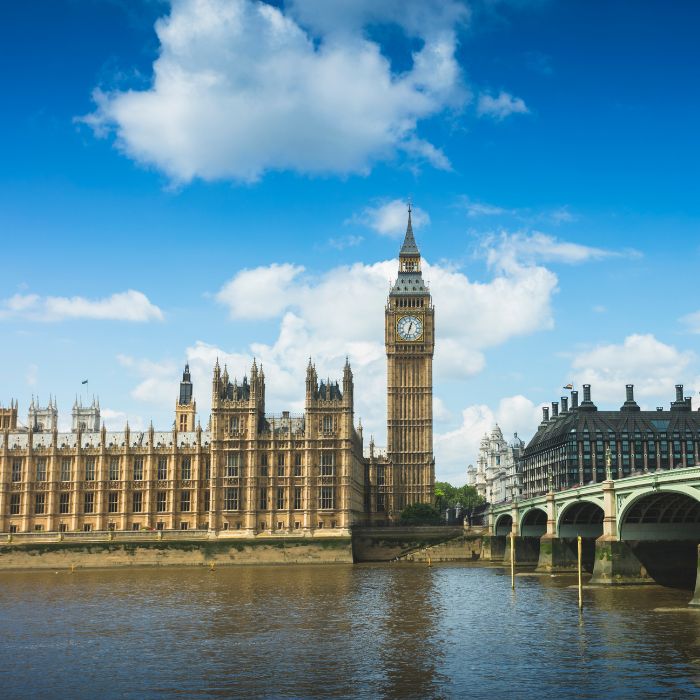
Media mentions
Senior Manager Louise Senior highlights how proposed UK reforms could expand right to work checks across hospitality and reshape compliance for businesses.

Video
Rick Lamanna, Jake Paul Minster and Lunga Mani discuss Africa’s path to the 2026 World Cup.

Video
The latest Mobility Minute features Manager Alex Hood discussing recent updates to the UK’s High Potential Individual route, including expanded university eligibility, a new annual cap and modernized governance measures.

Media mentions
Managing Partner for the Middle East and Africa Murtaza Khan discusses how the UAE’s flexible migration policies attract talent and support a competitive labour market.

Media mentions
Senior Counsel Mitch Wexler notes that the US expansion of social-media screening to H-1B and H-4 visa applicants will involve a more detailed review of their online activity.

Media mentions
Partner Edward Raleigh highlights the need for companies to prepare for increased H-1B enforcement and ensure compliance with US worker requirements.

Video
In this Mobility Minute, Associate Rebeca Lafond outlines key considerations for international travel to the United States during the holiday season, including documentation requirements, visa processing expectations and enhanced screening on entry.

Media mentions
Partner K. Edward Raleigh explains that the Department of Labor’s Project Firewall expands H-1B oversight beyond individual complaints and increases the scope of employer compliance reviews.

Media mentions
UK Government Affairs Strategy Director Shuyeb Muquit examines how proposed settlement reforms could reshape the path to UK residency by extending qualifying periods and linking eligibility to individual contribution.

Podcast
Partner Cosmina Morariu and Business Immigration Manager Ayana Ibrahimi discuss critical immigration strategies underpinning healthcare-sector staffing in Canada, unpacking how recent policy, mobility and compliance developments are affecting employers and global talent pipelines.

Awards
Fragomen named Private Client Team of the Year at The British Legal Awards 2025, recognising the strength of our UK Private Client practice.

Media mentions
Partner Daniel Brown highlights rising deceptive practices in immigration and emphasizes stronger verification and compliance measures for employers.

Media mentions
Senior Manager Louise Senior highlights how proposed UK reforms could expand right to work checks across hospitality and reshape compliance for businesses.

Video
Rick Lamanna, Jake Paul Minster and Lunga Mani discuss Africa’s path to the 2026 World Cup.

